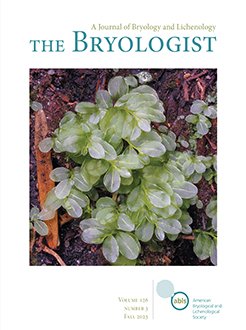The Mniaceae is one of the largest families of mosses, with more than 75 species worldwide, and is one of the most studied families with respect to chromosome numbers, pairing, structural features, and early or late disjunction. In the 1940s a pathbreaking cytotaxonomic study of haploid-diploid species pairs set the stage for further research that explored allopolyploidy, m-chromosomes, and karyology. Here we report chromosome numbers, examined in the course of our studies of allopolyploidy in several genera, for five species of Cinclidium, two of Cyrtomnium, eight of Plagiomnium, one of Pseudobryum, and eight of Rhizomnium and compare our results to earlier published reports. In contrast to most previous studies, we made multiple counts from different geographical regions within the ranges of the species. Five of our 24 counts represent firsts for these species: Cinclidium alaskanum (n = 6 + m), C. minutifolium (n = 6 + m), Plagiomnium curvatulum (n = 12), P. tezukae (n = 6) and Rhizomnium appalachianum (n = 6 + m). Because there have been major changes in the taxonomic treatment of species of Mniaceae beginning with an important revision of the family in 1968, it is critical to attach correct names to earlier reports of chromosome numbers. Moreover, a number of reports based on misidentifications have necessitated reexamination of the original specimens. Finally, we attempt to relate our observations of chromosome karyotypes to recent discoveries based on whole genome sequencing of selected moss species and point out why such studies of the Mniaceae may prove particularly insightful.
How to translate text using browser tools
17 October 2023
New and confirmed chromosome counts for the Mniaceae
Ann Stoneburner,
Robert Wyatt
ACCESS THE FULL ARTICLE

The Bryologist
Vol. 126 • No. 3
Fall 2023
Vol. 126 • No. 3
Fall 2023
Cinclidium
Cyrtomnium
m-chromosomes
Plagiomnium
polyploidy
Pseudobryum
Rhizomnium




